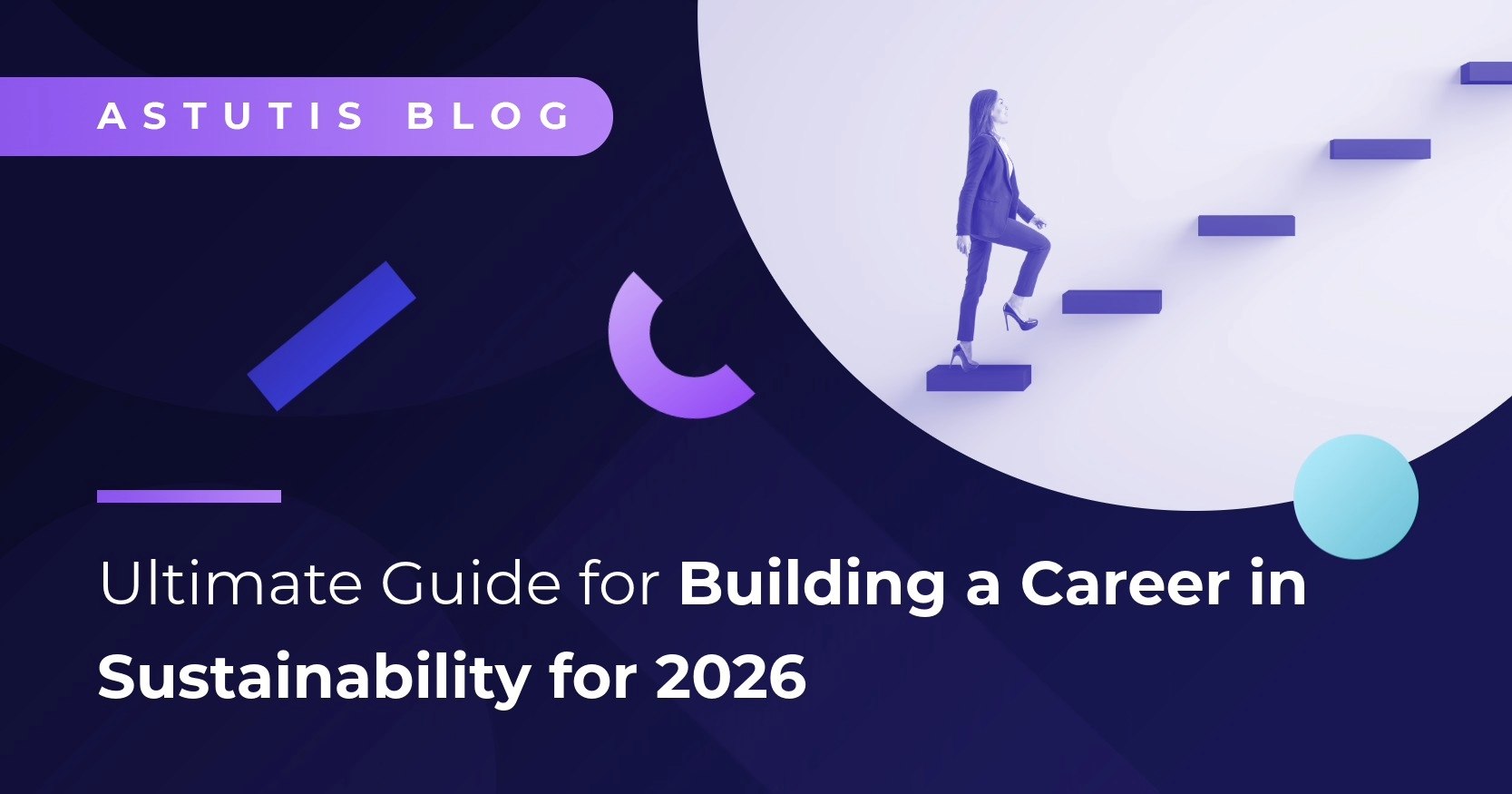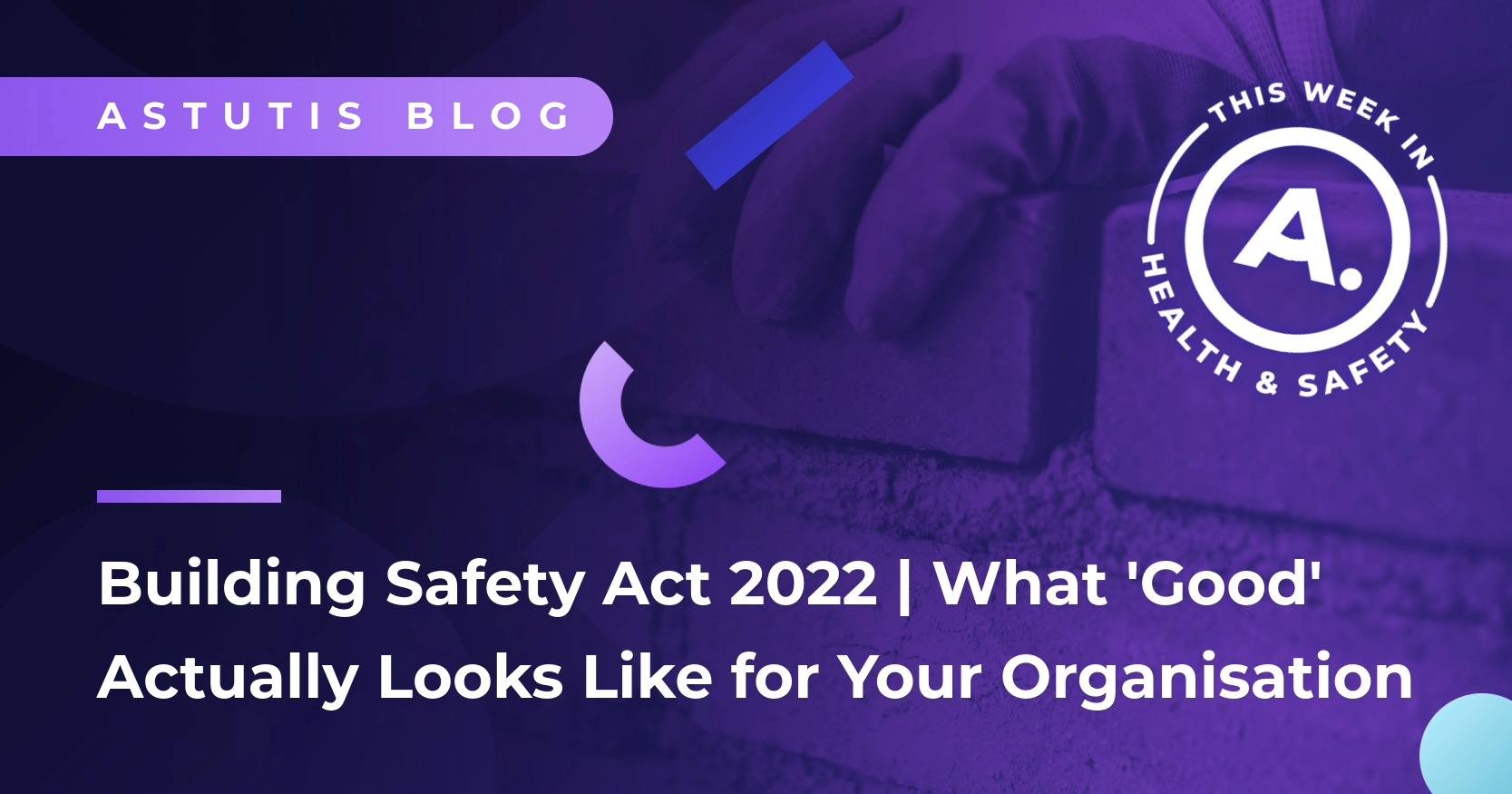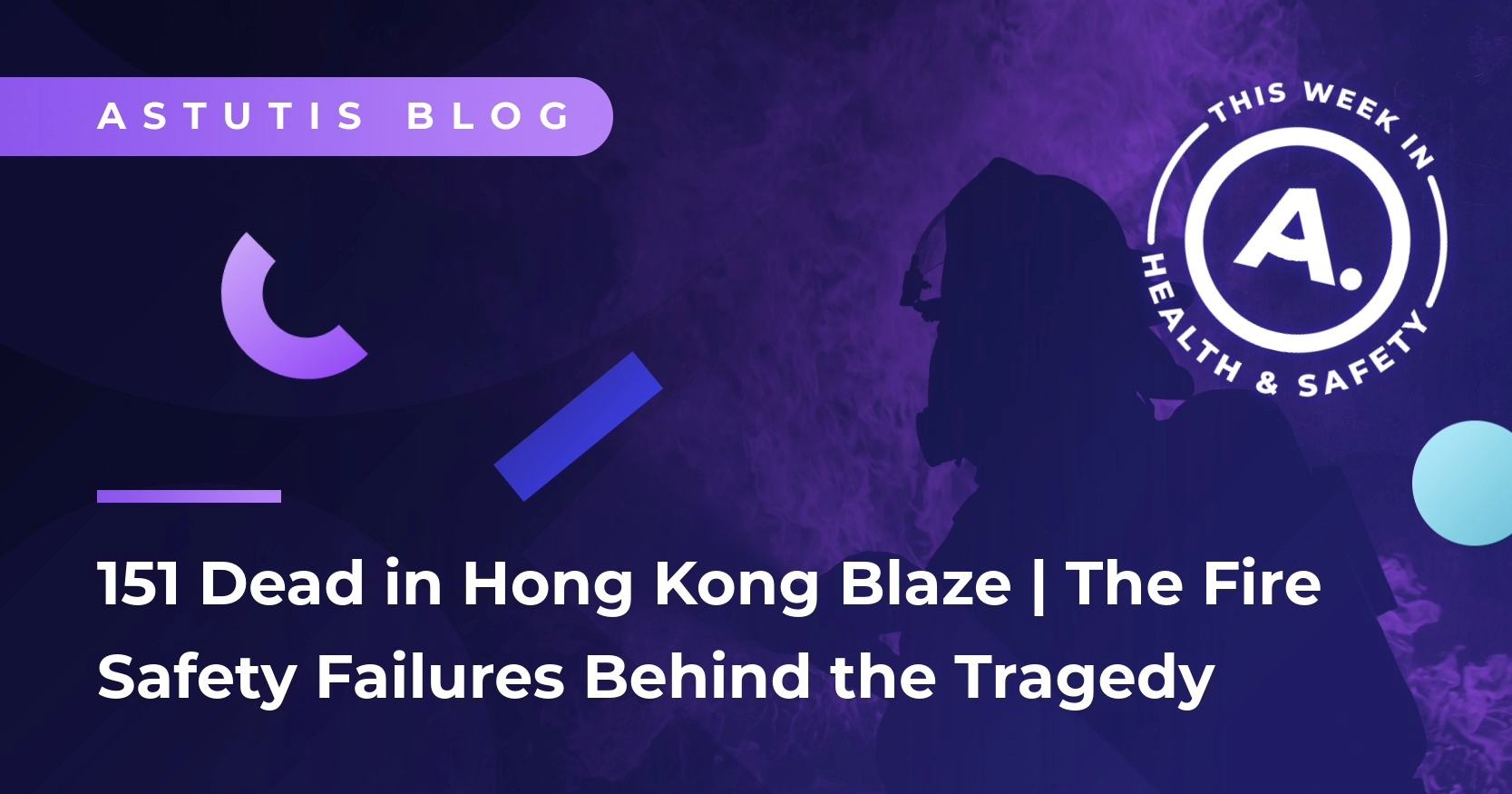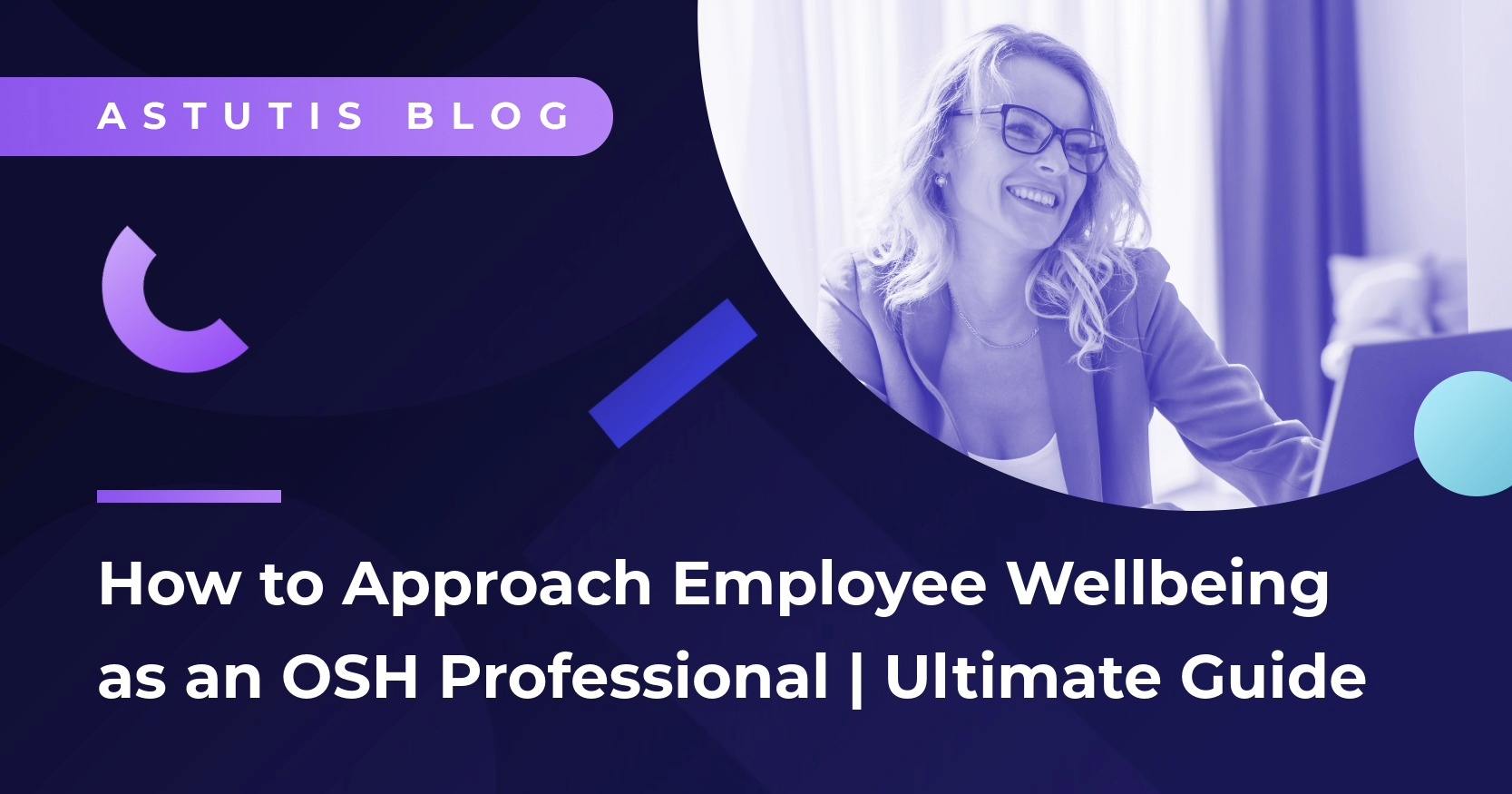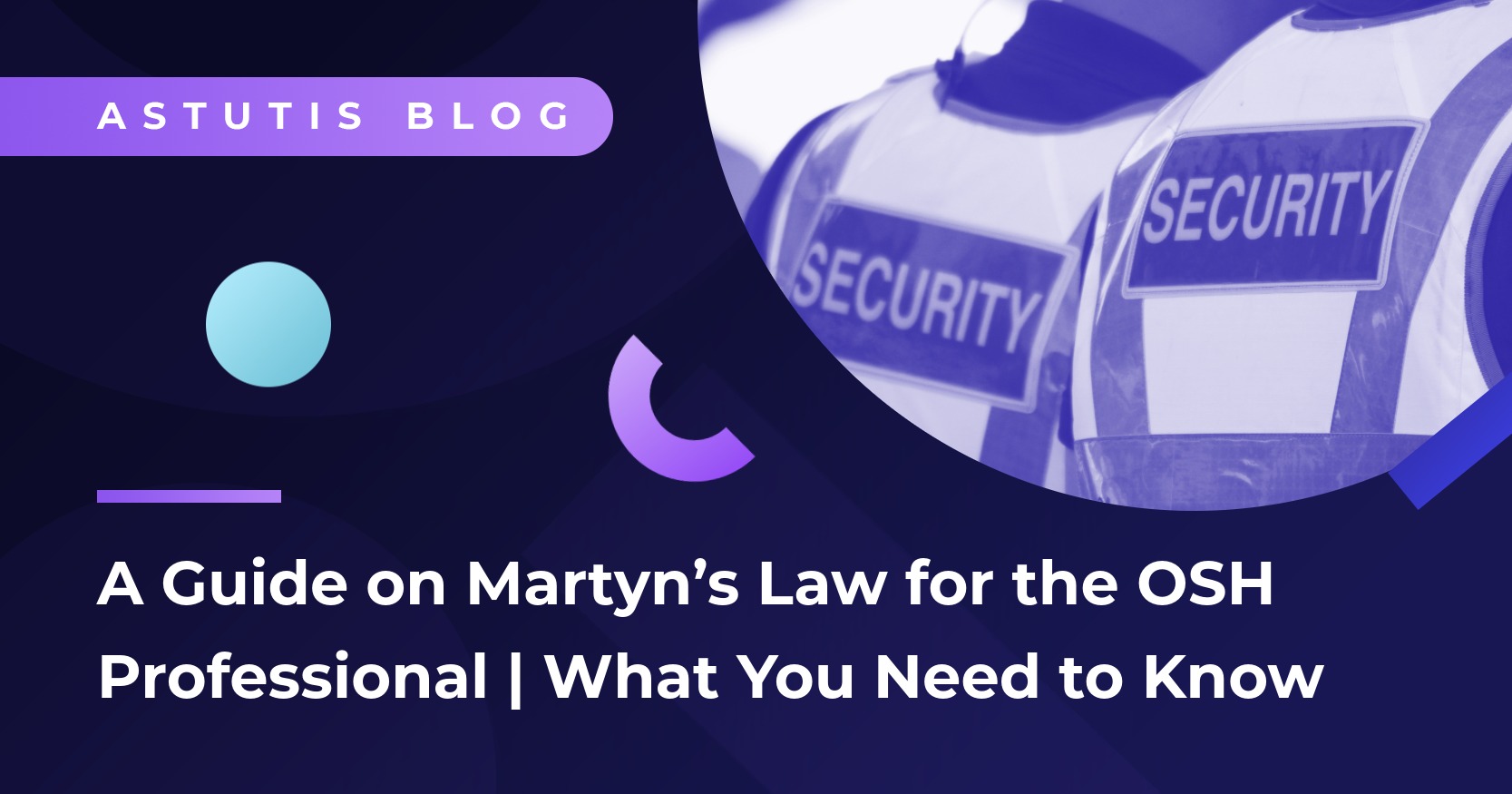Reporting from SHW Live 2022
From September 28 to 29, Farnborough International hosted the Safety, Health and Wellbeing Live Show 2022. The event brought together thousands of exhibitors, guest speakers and attendees with the joint goal of innovation in the health, safety, well-being and environmental industries.
Over the two days, 24 guest speakers took to the stage to share industry-leading expertise on a wide variety of topics, from frontline health, safety and practical environmental knowledge to mental well-being.
We were lucky enough to partner with the event to showcase many of these talented speakers. This blog will highlight several key messages from the event, specifically focusing on the health, safety and environmental industries.
Stuart Hawksworth, Head of Centre for Energy and Major Hazards - Health and Safety Executive
Stuart took to the stage at SHW Live 22 with a long record of experience in the health, safety and environmental industries. Prior to becoming the Head of Energy at the Health and Safety Executive, Stuart led the hazard team and focused primarily on explosion safety.
Stuart's talk was focused on the intricacies of achieving Net Zero and how to do so safely. Net Zero is one of the most prominent topics in business right now, with CEOs across the globe questioning how they can improve their organisation's environmental output and whether Net Zero is a possibility.
Stuart began by reminding everyone at the show that society's focus on safety must still be very present. Despite the collective goal to drop our carbon footprint, we must ensure safety is still our most significant focus.
"The ambition has to be that the net zero alternatives are as safe as what it is replacing", said Stuart.
"Sadly..", Stuart concedes, "..we've always learnt how to do better through disasters which teach us how to do better".
Stuart could not be more correct. There are a long list of environmental disasters that have brought about the recent corporate demand for environmental compliance. But Stuart insists that compliance, on its own, will not solve the environmental problems we currently face.
"Too much attention has been on achieving net zero for corporate means. It looks much better for a company to say they are Net Zero. It's a badge of health, safety and environmental compliance. This is all very good, but what does it actually solve."
"The bigger picture is much more important. It's about our future", says Stuart.
"Ultimately, this is about thinking about hydrogen safety, ensuring we get it right, to avoid accidents and to provide hydrogen energy successfully and safely."
Ian Cooke, Head of Corporate and Consumer Services - NEBOSH
Ian Cooke has a wealth of experience in risk management, finance and in education and currently occupies the role of Head of Corporate and Consumer Services at arguably the most prominent health, safety and environment training body in the world, NEBOSH.
Ian's Keynote pointed a forensic lens on how companies can maximise their gains from health and safety training by having a unified, company-wide understanding of organisational needs.
Ian told SHW Live 22 that before training can occur, organisations must come to a unified understanding about what they need, so the impact of training can be felt.
"84% of businesses are not measuring the impacts of their training", said Ian.
Ian cites three simple yet proven steps of learner impact.
1. Firstly, it is vitally important that you understand your need - Organisations must come to a general understanding of the holes in their business. Therefore, learning goals will be clearly defined.
2. Establish a learning impact measure (i.e. How much improvement will constitute success?).
3. Finally, you must decide on the course and the most effective delivery method. Ian reminded everyone that it is vital to consider how your staff might prefer to learn. Don't forget to consider the day-to-day impact of the delivery and if it could get in the way of normal operations. Course content needs to offer a realistic, potentially simulated, experience. This will give learners the most accurate training, ensuring they know how to perform their duties when the time comes.
Ian suggests an emerging trend has taken centre stage in recent years. He cites learning "in the flow" of work — a new direction where workers can learn without reducing their day-to-day operations - as one of the most significant demands for organisations worldwide.
The keynote transitions into the intangibles for effective learning; "How do you teach improvement?" Ponders Ian.
Ian suggests the well-documented ABC model as a guide to successful training and to subtly enforce improvement.
The ABC model includes-
A - Antecedents: everything that has gone before. If your workforce has a certain level of knowledge in health and safety, it will serve them well when training for a health and safety training course.
B - Behaviour: your choices. How do your antecedents influence the next stage, which is action or behaviour.
C - Consequences: The experience after that specific action. It could be good or bad.
Training, according to Ian, supposedly only influences the Antecedents phase. Ian concludes by reaffirming that learners must be informed of the consequences to receive the full impact of the training.
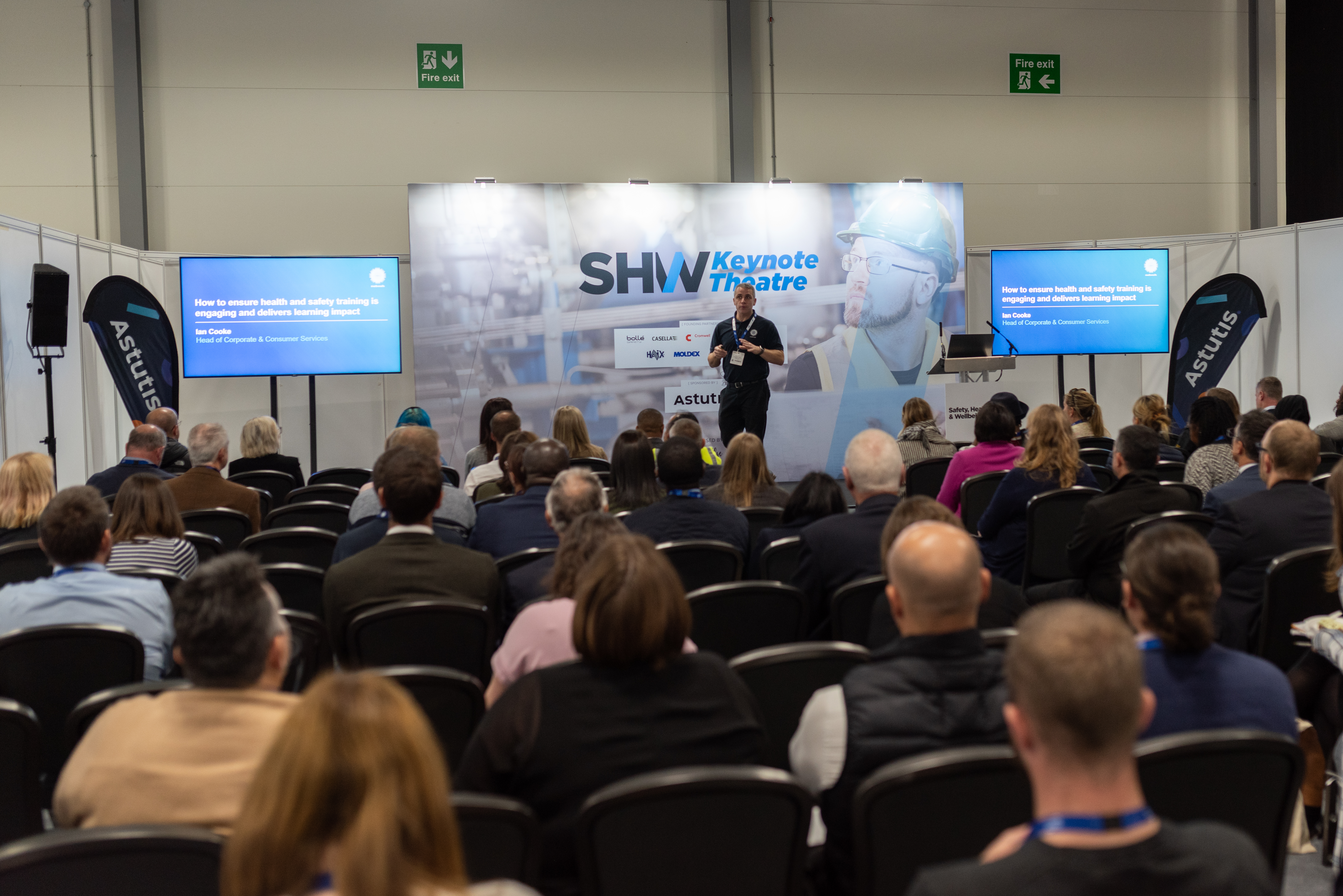 Ian Cooke during the SHWLive 2022 Keynote Theatre talk 'How to Ensure Health and Safety Training is Engaging and Delivers Learning Impact'
Ian Cooke during the SHWLive 2022 Keynote Theatre talk 'How to Ensure Health and Safety Training is Engaging and Delivers Learning Impact'
Claire Forshaw, Occupational Health and Hygiene Partner - Park Health and Safety
Clare Forshaw spoke candidly on the current challenges facing mental well-being in a post-pandemic world, and there might not be too many more qualified to do so. Claire has been a partner at Park Health for Occupational Health and Hygiene for over five years. Before joining Park Health, Clare spent over twenty years at the Health and Safety Executive.
Clare ignites curiosity from the crowd early by fielding some surprising statistics.
"12 billion workdays are lost annually due to depression and anxiety", begins Clare.
Clare asks the audience how bad they believe general well-being regressed during and after the pandemic. This is a question that has been pondered globally for over a year. The mental health charity, Mind, published a report looking into mental health during and shortly after the pandemic. They found that the worst effects usually hurt those already suffering before the pandemic.
Clare echoed that same sentiment.
"Poor mental health affects everyone, but there were people who were already suffering, whose pain had just manifested exponentially during the pandemic. Those people are the ones who need the most help", says Clare.
Since the initial outbreak, organisations have had to cater to their workforce's well-being unlike ever before. It is a trend that has allowed for the destigmatisation of mental health in the workplace.
Clare reiterates this message throughout her Keynote.
"It's vitally important to break the silence and promote positive thinking and communication regarding mental well-being from the top to the bottom of every organisation", says Clare.
According to Clare, the impetus has more than likely been on the individual, the worker, to improve their own well-being and mend it on their time. Clare suggests that the power shift is changing, as there is a massive incentive for companies to proactively attend to the requirements of the employees. Notably, employee productivity and health.
Clare concludes that worker safety is influenced by several factors, most notably their leaders' attitudes and the employees' actions. However, she suggests that more is required from leaders to relate to their staff on a human level.
"The two biggest long-term threats to worker safety are employee behaviour and leader awareness. Leader awareness needs to extend beyond compliance; it needs to include compassion. That is what is being lost on employees right now, the freedom to be themselves in the workplace".
Related Blog

Real Life Stories




